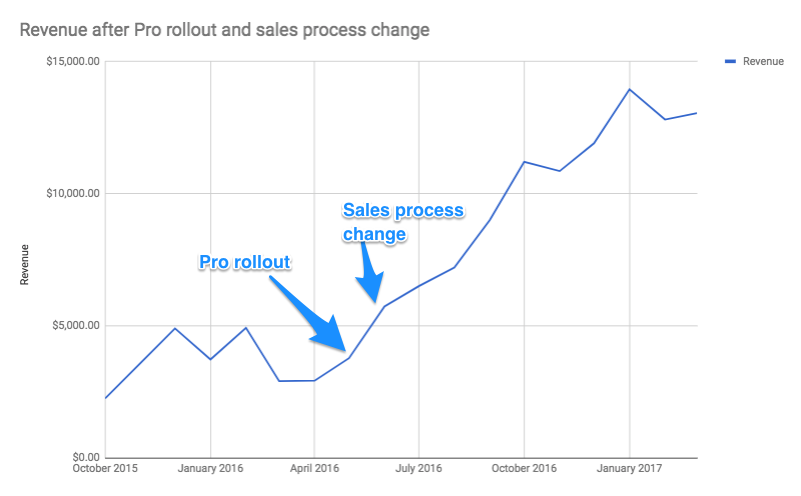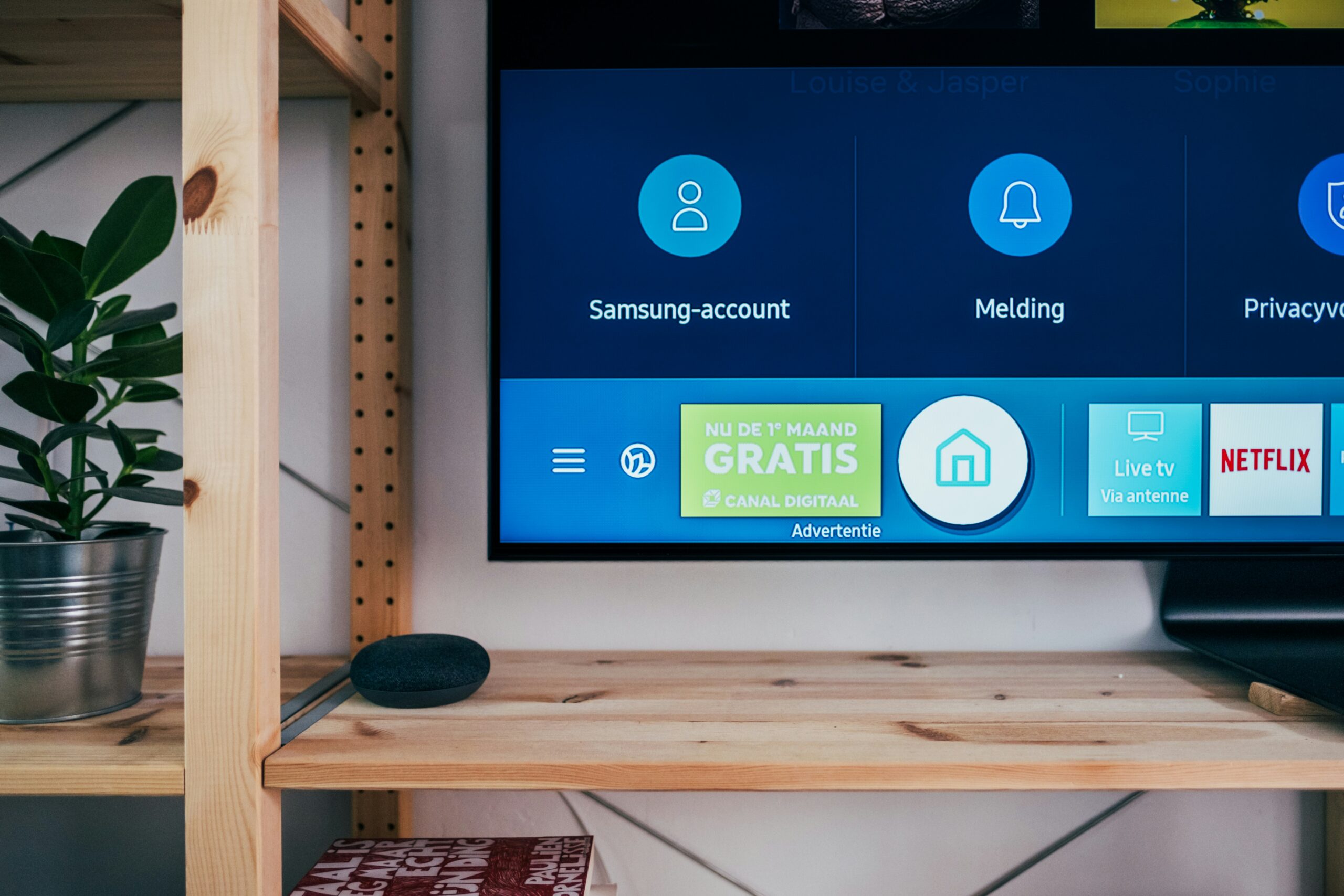
How adding friction to my sales process 4x’d my revenue
As entrepreneurs, we are told to remove “friction” from our businesses, to make it as easy as possible for someone to give over their credit card information and buy.
It’s the holy grail to remove steps in the funnel, automating as much as possible, having a self-serve option, and getting all of your processes down to a slippery smooth automatic process that works while you sleep.
But sometimes, making your product harder to buy is a good thing. And I learned that the hard way.
I run a B2B lead generation business focused on the digital marketing industry. Basically I help people who run marketing agencies find clients. On the face of it, it’s a good business. I’m literally selling marketers money in the form of new potential work.
And instead of competing on the low end of freelancers and cheap outsourced work, I decided to compete on the higher end. This means fewer businesses coming through my platform, but the reward is dramatically larger. Agencies can regularly bill in the six figures per year from projects I send them.
As a result, my pricing is not cheap.
When I first rolled out the “Pro” subscription offering in May 2016, I had pricing levels of $100/$200/$375 per month. Pricing was based on the number of leads people wanted to contact (which was misaligned with my business objective of helping people on my platform make more money).
I was looking for customers who wanted to grow their business, but was getting those who wanted to “buy leads.” And it took me a while to realize the difference.
Initial results
As with any business, the early adopters signed up immediately. When the first customer converted, my dog and I literally danced in the hallway.
My revenue began to grow again, but I was losing customers as fast as I gained them:
Something was wrong, and I noticed two things within two weeks:
- Drop-off in conversions
- Churn
Digging in, I realized that some of the early subscribers were not quite qualified and thus destined to churn after about two months. Other subscribers who were qualified had questions that I had not answered, so they were not signing up. It was the worst of both worlds and if I didn’t look closely I would have been assuming everything was okay.
I had reduced the friction too much, to the point where unqualified customers could sign up too easily. And qualified customers weren’t having the high-touch process they wanted and needed. I made money, but I let down the customer because they were a bad fit and never should have converted.
Investigating the issue and deciding on a test
Within two weeks of rolling out the Pro offering and seeing the churn I knew that something had to change. So I dug in to figure out where the issue lay, and put together hypotheses to test on how to fix it.
To learn why people churned, I personally emailed each and every one of them to hear their reasoning, then noted it down in an Evernote document.
For those who were potentially qualified but had not signed up, I asked them what questions they still had about the service that kept them from subscribing. I noted these down in an Evernote doc.
After just a few conversations, I started to hear the same things:
- “The referrals I received were not qualified enough for me.”
- “I didn’t close a new client within the first two weeks so I bailed.”
- “How many leads per month should I expect?”
While some of these questions are better than others, they helped me realize that expectations were not well enough set at the start and that some necessary questions could not be answered outside a phone call.
Adding steps to the conversion funnel
Because my business also only works when agencies/consultants are closing work and businesses are finding the right provider to work with, I realized I also needed to vet out the provider’s sales process to ensure they are able to close business.
I changed my process from this:
Come to site >> Choose subscription level >> Pay >> Be listed
To this:
Come to site >> Apply to be listed >> Schedule phone call >> Phone call >> Approved/Declined >> Pay >> Be listed
From making this change, my revenue grew from $3,775 in May 2016 to $13,940 in January 2017.
Since this time my business has continued to grow and I’ve tweaked the revenue model to better align goals with incentives on both sides, but I credit this high-touch approach to sales as one of the main reasons why my business succeeded instead of failing from high customer churn.
Ready to finally get that raise you deserve? We’ll walk you through everything you need to know (step-by-step) in our FREE Ultimate Guide to Getting A Raise. Just enter your email below:
Written by Ramit Sethi
Host of Netflix's "How to Get Rich", NYT Bestselling Author & host of the hit I Will Teach You To Be Rich Podcast. For over 20 years, Ramit has been sharing proven strategies to help people like you take control of their money and live a Rich Life.



